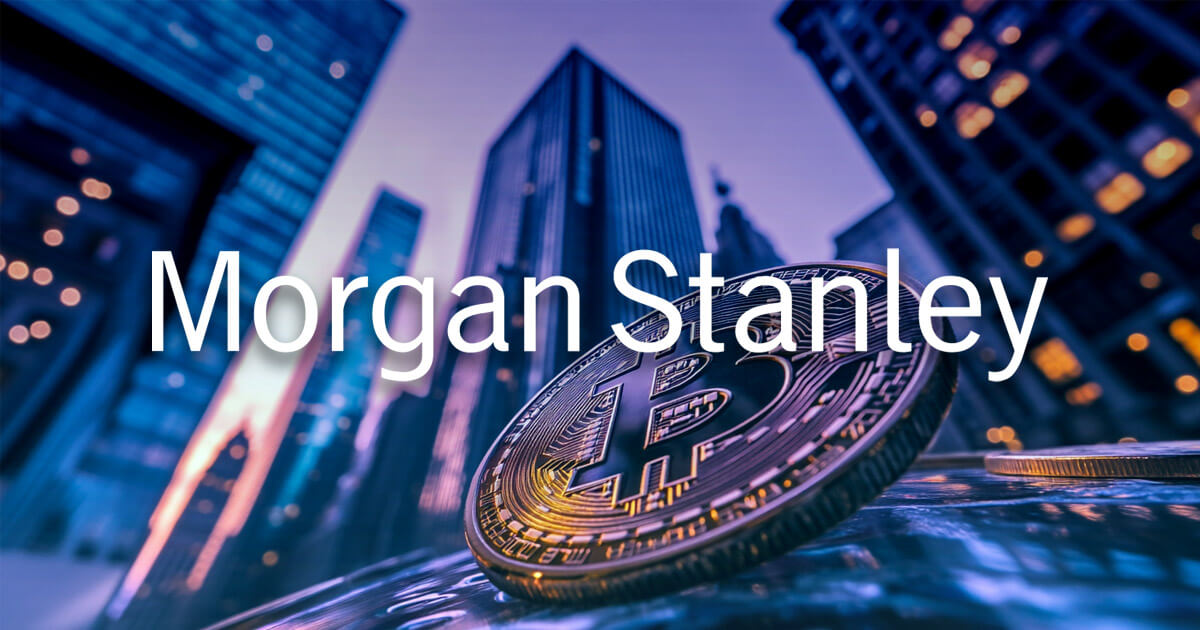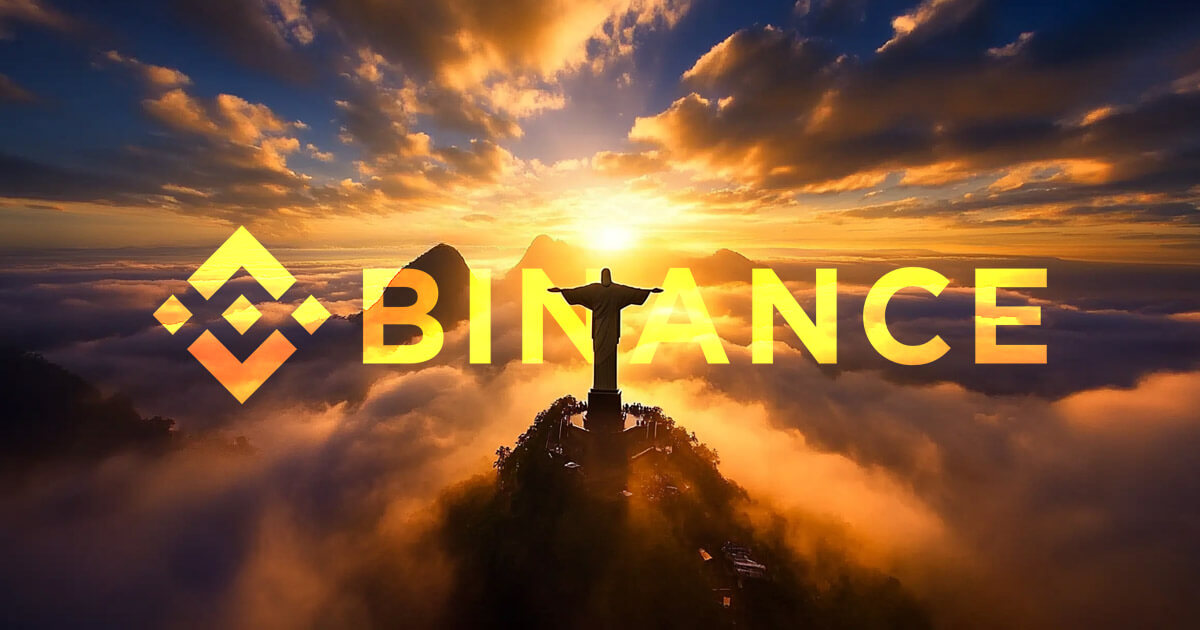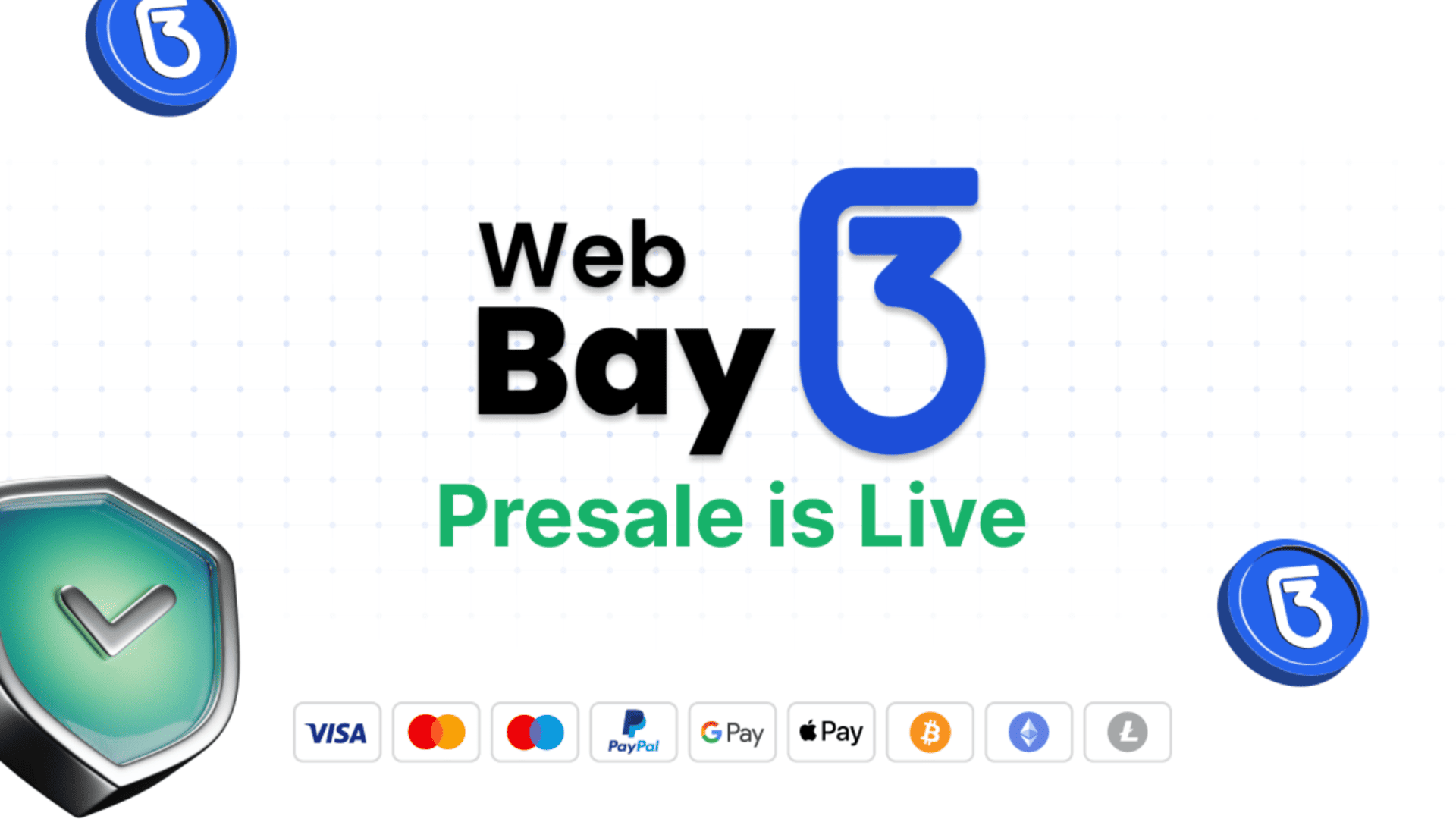From the early years of the “crypto industry”, advocates and detractors alike have been calling for greater “regulatory clarity” for cryptoassets. They argue that the current U.S. regulatory framework’s distinctions between commodities and securities are insufficient to categorize these new financial instruments. The call for more regulation has become the overwhelming conventional wisdom in the wold of “crypto policy”; it is accepted by many of the most intelligent, good-faith actors in the space. It has also become the clarion call for a crop of think tanks and advocacy organizations who argue that “crypto innovation” in the U.S. can only be promoted by changing the laws.
But the premise on which the call for more regulation is based is not true: in fact, our main tools for determining what constitutes a security, the Howey Test and the Securities Act of 1933, hold up remarkably well with regard to cryptoassets. Cryptoassets are not fundamentally different in kind from physical commodities or traditional securities. They are just issued in a different form factor: digitally, often using blockchain ledgers.
The new technology involved in transacting these assets has been tripping up courts and policymakers alike. In what follows, we look at both a recent court ruling, SEC vs. Ripple Labs, and then the push for a “Securities Clarity Act” in the U.S. House of Representatives to more clearly see why it’s the interpretation of the law, not the law itself, that needs to be improved.
The SEC vs. Ripple Labs Ruling
The United States District Court for the Southern District of New York has issued a summary judgment in response to the SEC’s lawsuit against the firm Ripple Labs for allegedly violating the law by selling unregistered securities to investors. District Judge Analisa Torres wrote that Ripple’s cryptocurrency token, XRPXRP, is a security in some contexts, but not in others. Relying on the precedent set by the Supreme Court’s 1946 verdict in SEC v. W.J. Howey Co., Judge Torres decided that XRP is a security when sold directly by the company to institutional investors but is not a security when sold to investors transacting on exchanges.
Torres reasoned that institutional investors were buying XRP directly from Ripple and “that Ripple would use the capital it received from its sales to improve the XRP ecosystem and thereby increase the price of XRP.” By contrast, she wrote, when investors bought XRP on exchanges, these were “blind bid/ask transactions” in which buyers “could not reasonably expect the same.” For Torres, the deciding factor seemed to be whether investors were buying XRP directly from the firm that issued it or from someone else.
Muddying the Waters
However, this logic is dubious and will likely be challenged in court by the SEC. First, it is an odd reading of Howey, which defines an investment contract as an “investment of money in a common enterprise with a reasonable expectation of profits to be derived from the efforts of others.” Nowhere does Howey mention the identity of the seller of a security as relevant to its status as a security. Moreover, buyers of XRP on exchanges were fully aware that a company—Ripple Labs—stood behinds its issuance.
Second, this logic would potentially call into question how the entire secondary capital market operates. In the secondary market, investors purchase securities from other investors, not from the companies that issue those securities, and usually through platforms like exchanges. These transactions can be blind bid/asks, often executed by sophisticated portfolio managers. If secondary market transactions are no longer recognized as securities, that would upend the accepted functioning of global capital markets.
Judge Torres recognized this and explicitly stated that “Whether a secondary market sale constitutes an offer or sale of an investment contract would depend on the totality of circumstances and the economic reality of that specific contract, transaction, or scheme.” But phrases like the “totality of circumstances” and “economic reality” do the opposite of providing regulatory clarity: they are vague and impossible to parse with any precision.
The Securities Clarity Act
Nevertheless, some U.S. lawmakers are adamant that the Court’s decision does provide clarity. Representative Tom Emmer hailed the ruling as laying the groundwork for what he argues should be a clearer legal distinction between an asset and an investment contract. Accordingly, Rep. Emmer, along with Rep. Darren Soto, have proposed the Securities Clarity Act in order to formalize this distinction in law.
The SCA introduces a new type of financial instrument, the “investment contract asset”, which is defined as “tangible or intangible (including an asset in digital form), that is not otherwise a security under the Act, does not become a security as a result of being sold or otherwise transferred pursuant to an investment contract.” The bill explicitly declares that “The term ‘security’ does not include an investment contract asset.”
But an investment contract is by definition a security under both the Howey Test and the Securities Act of 1933. The SCA would create a giant loophole in this definition—a category of investment contracts that is not treated as such by regulatory agencies. As long as a company claims that their project intends to become “more decentralized” over time, they will be able to exempt themselves from the disclosures that are currently legally required from companies selling securities—and which are critical for protecting investors.
Reps. Emmer and Soto argue that this new category is necessary in order to incentivize cryptocurrency innovation in the United States by allowing projects to start out centralized and become progressively more decentralized over time. But by what legal standard will this commitment be measured? The SCA does not say.
We are entering a world in which a growing number of securities will be tokenized and transacted using blockchain ledgers. As this trend accelerates in the coming years, the SCA would serve as blanket protection for companies who offer predatory investment contracts for sale simply because they are issued as cryptoassets.
The Howey Test Provides Regulatory Clarity
Many regulators and crypto-advocates don’t seem to like that clarity for cryptoassets is already here: the Howey Test. This standard has been in place since the end of the Second World War, launching a historical period in which the United States became a hotbed of innovation unlike anything the world had previously seen. Rather than carving out exceptions to this straightforward standard, the United States would do well to apply it to new financial instruments—in whatever form factor they may be issued—using historically-established reasoning. While there are genuine examples of regulatory overreach that stifle innovation, the Howey Test is not one of them.
If—as some crypto-advocates seem to claim—the only way for the United States to innovate is to do away with critical investor protections, that does not bode well for innovation in the United States. But of course, that claim is untrue. There is a rapidly-growing ecosystem of startups building products and services that make use of a truly decentralized cryptocurrency that is not an investment contract: Bitcoin. There is no shortage of dynamism and entrepreneurship in the Bitcoin ecosystem. It reflects the best of American innovation, and it does not rely on changing any of the standards by which securities or commodities are defined.
Interestingly, neither regulators nor private companies that sell “investment contract assets” like Bitcoin. Regulators dislike it because they can’t control its monetary policy or how people transact on its network. Crypto companies dislike it because they cannot control and directly profit from its supply distribution. But are those problems that need solving? No.
The Howey Test and American innovation are working just fine. What we need are not better laws, but principled regulators.
Follow me on Twitter or LinkedIn. Check out my website.
Credit: Source link









![Mapping Fantom’s [FTM] short-term target of $1.47 and beyond](https://ambcrypto.com/wp-content/uploads/2025/01/FTM-1000x600.webp)





































